Search Images
Browse Content (p. 873)
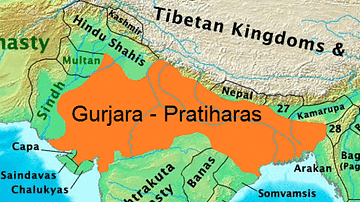
Image
Gurjara-Pratihara Empire, Ancient India
This map shows the extent of the Gurjara-Pratihara, or simply, the Pratihara Empire (8th century CE - 11th century CE). This empire, based mainly in areas of western and northern India, also came to encompass some areas of eastern and central...
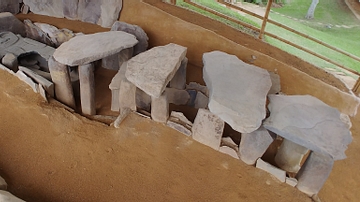
Image
Slab Tomb, Meseta A
Stone slab tomb with carved sarcophagus lid at Meseta A at Alto de los Ídolos near San Agustín, Huila Department, Colombia. Created c. 1st to 10th century CE.
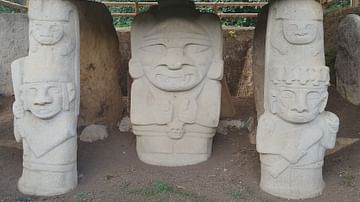
Image
Mesita B near San Agustín
Megalithic funerary statues at Mesita B near San Agustín, Huila Department, Colombia. Created c. 1st to 10th century CE.
For inclusion with article: https://member.ancient.eu/article/1433/suggested/
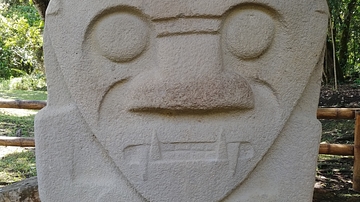
Image
Funerary Statue, Mesita C
Megalithic funerary statue at Mesita C near San Agustín, Huila Department, Colombia. Created c. 1st to 10th century CE.
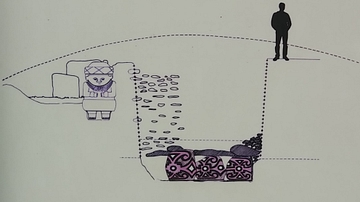
Image
Funerary Mound Cross-section, Alto de Las Piedras
Cross-section of funerary mound with tomb and megalithic statue at Alto de Las Piedras near San Agustín, Huila Department, Colombia. Mound created c. 1st to 10th century CE. For inclusion with article: https://member.ancient.eu/article/1433/suggested/...
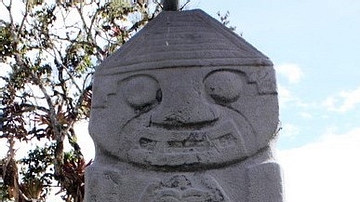
Image
El Partero Funerary Statue, Mesita B
Megalithic funerary statue referred to as El Partero at Mesita B near San Agustín, Huila Department, Colombia. Created c. 1st to 10th century CE.
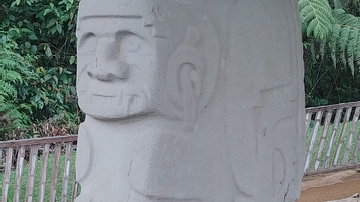
Image
El Doble Yo Funerary Statue, Alto de Las Piedras
Megalithic funerary statue referred to as El Doble Yo at Alto de Las Piedras near San Agustín, Huila Department, Colombia. Created c. 1st to 10th century CE.
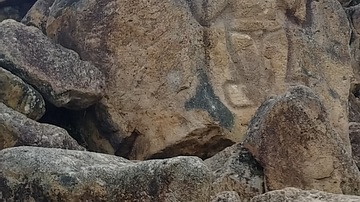
Image
La Chaquira Ceremonial Site
Carved figures at the ceremonial site referred to as La Chaquira near San Agustín, Huila Department, Colombia. Created c. 1st to 10th century CE.
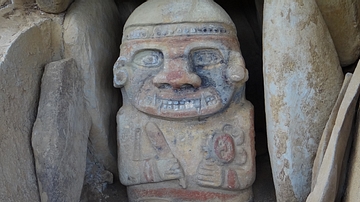
Image
Funerary Statue, El Purutal
Megalithic funerary statue at site referred to as El Purutal near San Agustín, Huila Department, Colombia. Created c. 1st to 10th century CE.
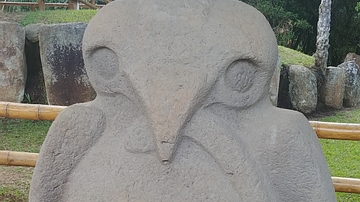
Image
Megalithic Funerary Statue at Mesita B
Megalithic funerary statue at Mesita B near San Agustín, Huila Department, Colombia. Created c. 1st to 10th century CE.